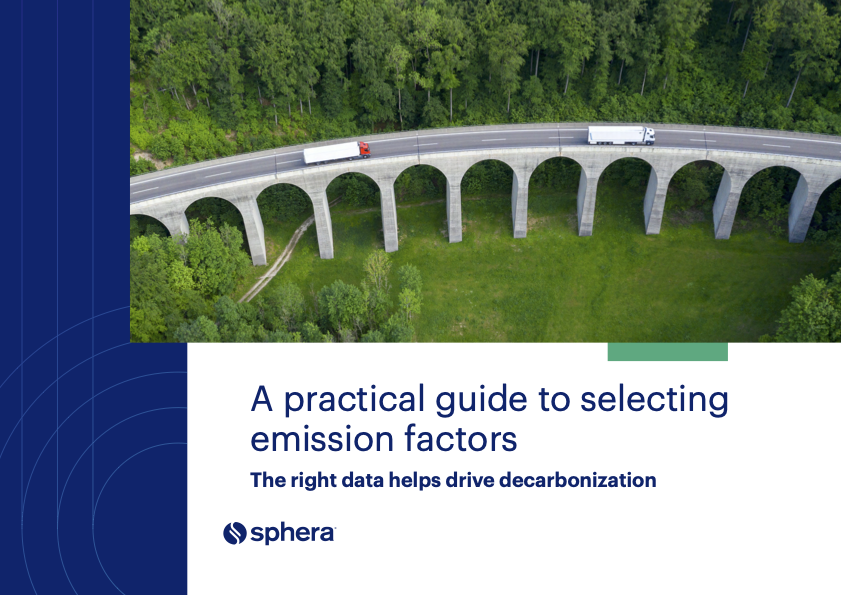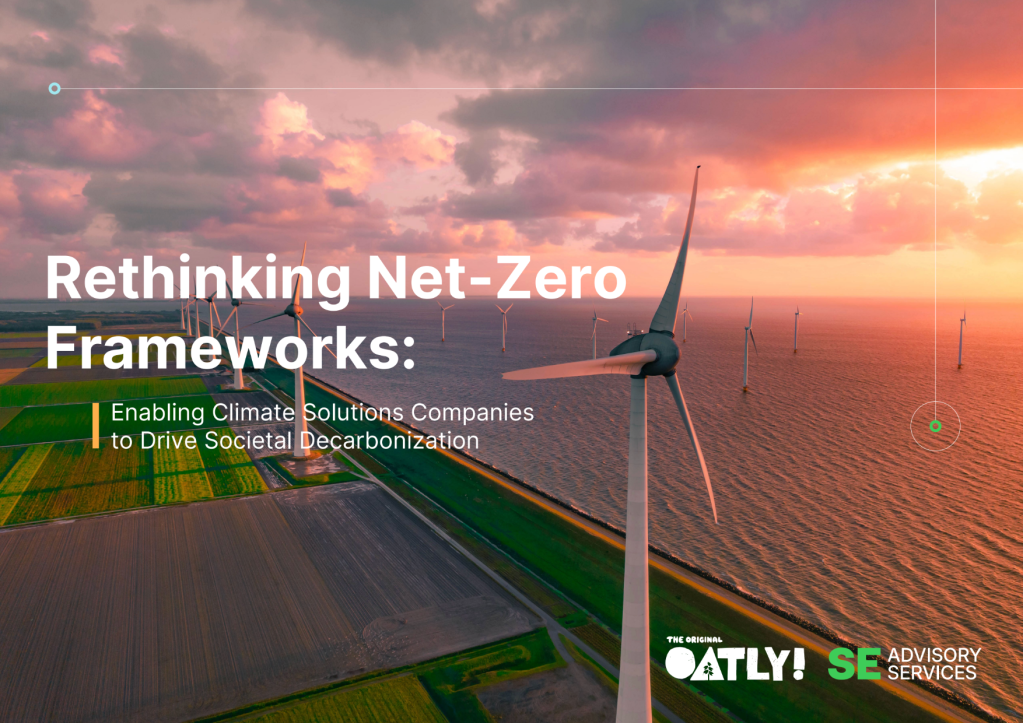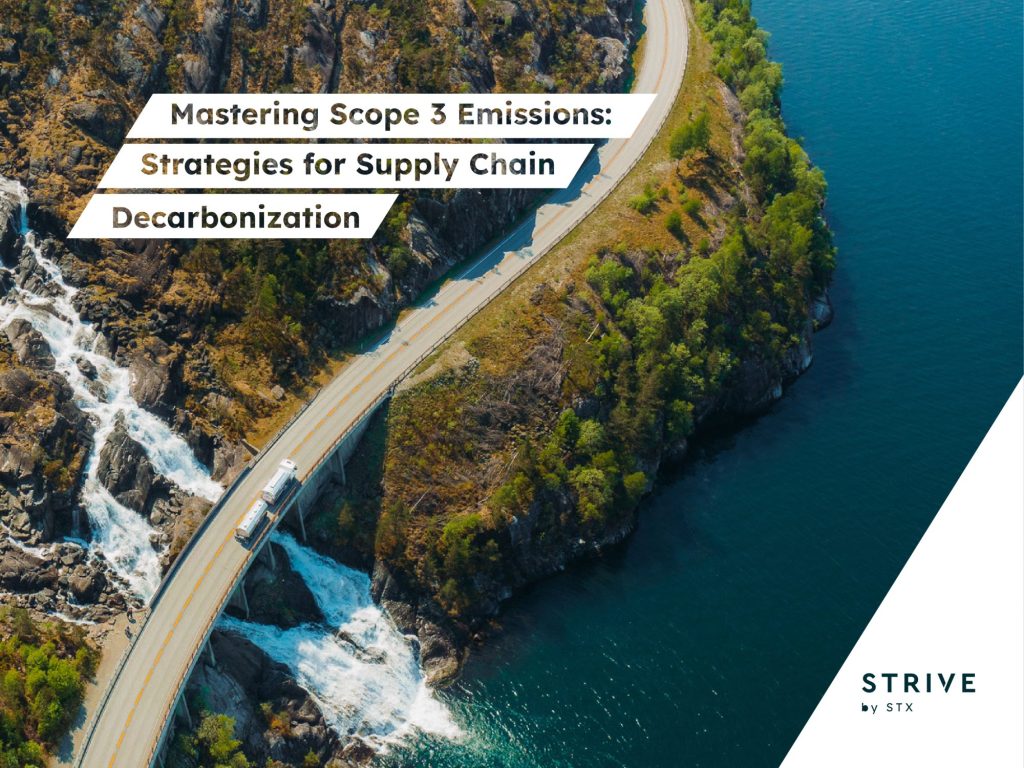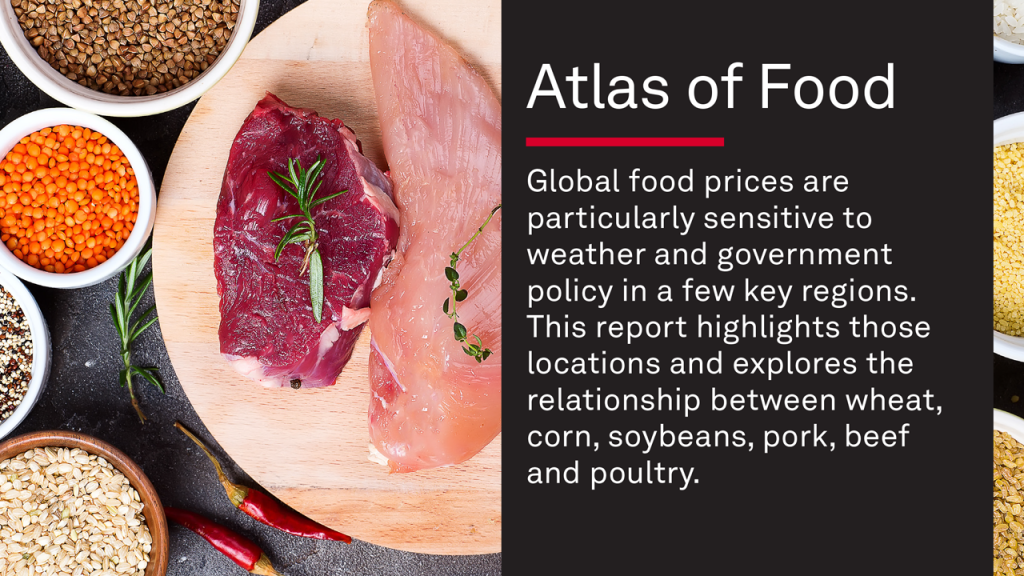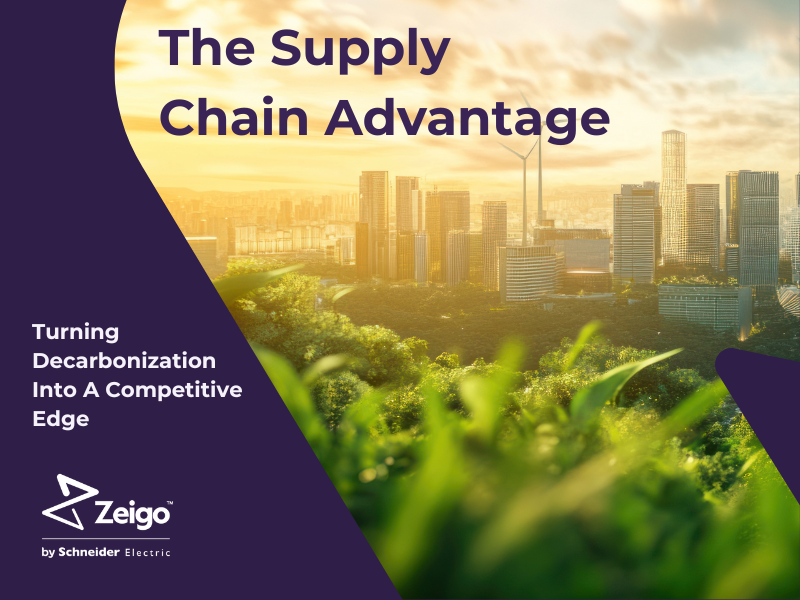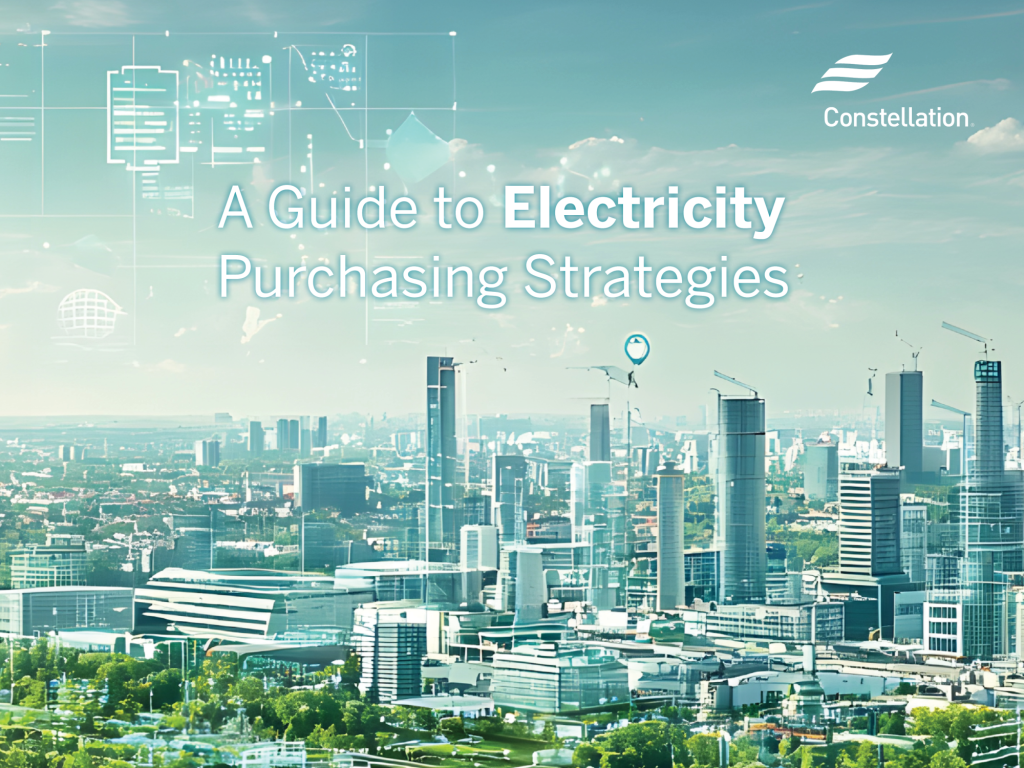Why businesses hold the key to financing forests of the future
Forest protection is shifting from a philanthropic endeavor to a strategic one for businesses. Read More

- Forest conservation is now a strategic business priority, not a philanthropic one.
- A new, coordinated global roadmap for forest finance will help businesses shift by uniting public policy, private investment and jurisdictional programs to build durable, scalable forest finance.
- Companies hold the key to turn forest conservation intentions into real capital flows.
The opinions expressed here by Trellis expert contributors are their own, not those of Trellis.
Forests could deliver one-fifth of the climate solution we need by 2030, yet they still attract only a small fraction of global climate finance. Funding for forests comes in at about $84 billion per year compared with the roughly $300 billion required by 2030 to meet global climate and biodiversity goals — leaving an annual gap of around $216 billion, according to the State of Finance for Forests 2025.
For decades, the money hasn’t matched the science. But that may finally be changing.
After years of pledges and pilot projects, a clear plan is emerging for integrating public policy, jurisdictional programs and private capital into a unified roadmap for action. It builds on earlier efforts of voluntary climate mitigation frameworks, forest projects via the Green Climate Fund and the New York Declaration on Forests by bringing them together at a far greater scale.
The vision is for forest finance to be coordinated across levels of government, anchored in national policy, implemented through state-led programs and backed by private investment. This integration of public and private capital, reinforced by transparency and accountability standards, makes it far more durable than previous attempts. With COP30 in Belém approaching, the question is no longer what to do, but how fast we can move.
A portfolio approach for forests
The new Forest Finance Roadmap — launched by 34 governments in the Forest Climate Leaders Partnership in collaboration with COP30 and Brazil’s leadership — lays out a pragmatic plan for scaling investment into tropical forests. It recognizes that no single mechanism can close the forest finance gap and instead calls for a portfolio of complementary approaches: innovative finance mechanisms; high-integrity jurisdictional forest credits; investment in the forest bioeconomy; and fiscal reforms that reward forest resilience.
Together, these initiatives show how coordinated public policy, bioeconomy investment and jurisdictional action can help close a meaningful share of the forest finance gap.
Brazil offers a glimpse of what this looks like in practice. The federal government has committed $1 billion to the Tropical Forests Forever Facility finance mechanism, rewarding countries and jurisdictions that keep deforestation low by providing direct, performance-based financial payments. At the same time, it’s scaling investments in the forest bioeconomy, creating markets for sustainable forest products and new industries that generate income while keeping trees standing.
At the state level, jurisdictional programs such as one in the Brazilian state of Tocantins bring together land-use policy, Indigenous participation and carbon finance to protect more than 27 million hectares across the Amazon and Cerrado biomes.
Forests as a business priority
For companies, the message is clear: forest conservation is no longer a philanthropic gesture — it’s a strategic business priority. Businesses dependent on forest-linked commodities such as soy, beef, palm oil, pulp and paper or timber face growing exposure to regulatory, transition and reputational risk. By investing even a fraction of the financial value at risk, companies can unlock billions in forest-positive finance while strengthening supply chains and investor confidence.
Several leaders are already showing what this looks like. Nestlé is partnering with local governments in Indonesia on jurisdictional sourcing, linking supply chains to verified deforestation-free landscapes. Unilever is channeling long-term private finance into Southeast Asian forest protection, while Walmart is mobilizing suppliers to accelerate carbon and nature-positive sourcing.
At the same time, the emergence of high-integrity carbon markets and finance mechanisms presents new opportunities for companies to contribute to and benefit from global climate goals. To seize these opportunities, companies can move from awareness to action by embedding forest finance into core business strategy. Starting points include:
- Assess exposure and opportunity: Map where supply chains intersect with forest-risk commodities or high-value forest regions and identify jurisdictions aligning with national forest protection policies.
- Engage in high-integrity markets: Participate in verified jurisdictional or project-level carbon programs that align with national forest protection strategies and emerging market integrity standards.
- Invest in enabling conditions: Support capacity building, monitoring and community partnerships that make forest programs investable and equitable.
- Align internal incentives: Integrate forest metrics into corporate sustainability KPIs, procurement policies and financing decisions.
- Collaborate and advocate: Join coalitions or dialogues that help strengthen policy coherence between business, state and federal levels.
As governments align fiscal policies and public incentives with forest protection, companies that lead on transparency, long-term value creation and policy engagement will be best placed to shape a more coherent, credible and investable market. The State of Forest Finance 2025 shows that private investment in forests remains modest and often misaligned with forest outcomes, underscoring the need for companies to step up to turn good intentions into real capital flows.
The next move belongs to business
Forests aren’t charities. They’re infrastructure for climate stability, water and life itself. The roadmap is here, the mechanisms are ready, and the political will is building. The next move belongs to business. If companies act now by aligning procurement, investment and climate strategies with high-integrity forest finance, COP30 could mark the year forest finance finally scales from promise to performance.

Subscribe to Trellis Briefing
Featured Reports

The Premier Event for Sustainable Business Leaders





